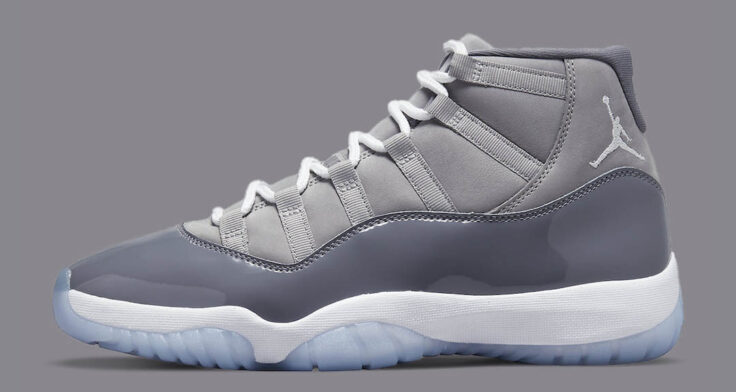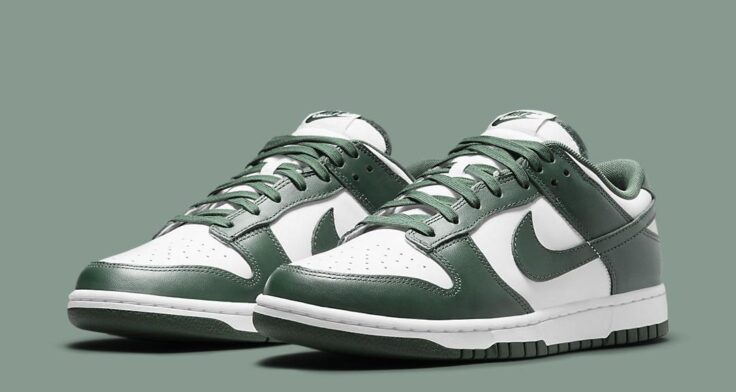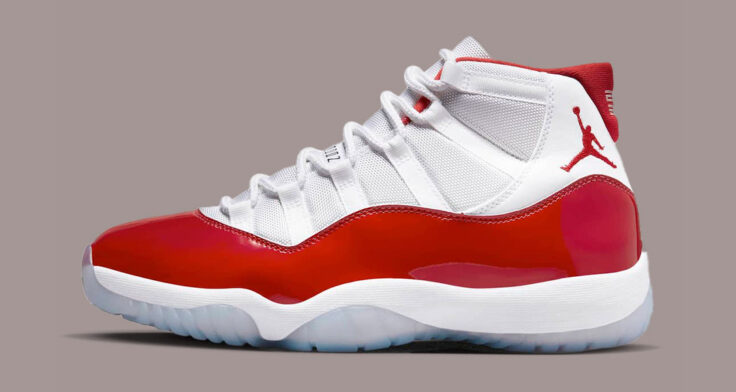In a category moving towards minimal, adidas stunned the running world with the unveiling of the Springblade. Engineered for propulsion, the daring design completely revamped the midsole by replacing standard foam or elements natural and unnatural with that of 16 forward slanted blades composed of a high tech polymer. The shoe’s striking design is apparent, but how does the new technology function for the casual runner? We aimed to find out exactly that in this Performance Review. Read on to learn more.
Ride: When first trying on the Springblade and walking around in the shoe, the ride really impresses. As supportive as the Springblade technology is, it is far more flexible than its more than minimal contemporaries. However, I found the faster you go, the less you feel the effects of the tech. The heel-to-toe jogger will really enjoy the Springblade technology, but the fast forefoot striker will probably feel unfulfilled. When running at a quick clip on the track or trail, the Springblade technology underwhelmed more than it disappointed, providing solid comfort and support but no tangible propulsion. When running on a treadmill with more bounce, the results were slightly better but not game changing.
Weight: At 13.1 ounces, the adidas Springblade is on the heavier end of the modern performance running footwear spectrum. The weight definitely resides in the Springblade technology, with the upper composed of lightweight TECHFIT and the tongue made of Air Mesh. From a weight standpoint, the Springblades feel heavier than the average running shoe, wearing more like a supportive jogger.
Breathability: Breathability was a non-issue when running in the Springblades. On the treadmill indoors, they performed fine and did not overheat. Even when running outdoors on the track or the trail in the Texas heat, the Springblades did as well as one would hope, and were not hindered by the conditions. The mix of mesh and TECHFIT that composes the entire upper does not showcase a lot of open-air ventilation, but one look inside the shoes proves they are much more porous than they appear.
Cushioning: The Springblades are engineered to provide dynamic energy return in a forward direction as opposed to the standard vertical return offered by an EVA midsole. I have found that the Springblade technology does a very good job of absorbing the impact when running, making for an easy ride and stride. With that said, I didn’t feel much in terms of energy return or forward propulsion. When running at a high pace, the shoes feel firm and supportive. When walking or jogging slow, you feel the flex and return to greater effect. In general, I found the Springblade to absorb energy very well and ease impact, but they did not offer anything too revolutionary in the way of energy return or forward propulsion.
Stability: For its intended function of running forward, I found no stability issues with the adidas Springblade. The shoes fit well, and felt strong and supportive when striding on track and treadmill surfaces. The inherent issue with the Springblade is that its functionality is tailored for forward running on flat foundations, causing some traction issues on gravel or trail terrains. While the Springblade technology is angled forward just as much is its forward thinking, I still found the shoes capable of both lateral and backwards movements. Stability is strong for running and training, but if you’re looking to double the wear as a cross trainer I’d probably elect a more traditional model.










